Since this is the first bulletin, we want to give a general picture of the world of seeds. After this, we will include this information, but put it at the end, after the growing tips.
We will be putting together gardening information throughout the season, in a quick, easy to read format, for no charge, to the entire world, to help everyone become more secure with their food needs during this unfolding Coronavirus/COVID-19 crisis and beyond.
Please support your small, regionally adapted, and organic seed companies.
We also offer a 45 page Ebook guide to starting your own organic garden
But we realize that in this crisis, if you can’t get organic, regional seeds, just go out and buy some vegetable seeds and use this bulletin any other resources you have as a growing guide. Now get gardening!
General Seed Knowledge
Organic Seeds
Seeds obtained from plants grown without the use of chemicals and pesticides
Conventional Seeds
Seeds obtained from plants possibly grown with the use of chemicals and fertilizers.
There is no way to know how they were grown unless the grower divulges the information.
Open Pollinated Seeds
These seeds can be saved and grown again and the vegetables will be the same.
These can be organic or conventional.
F-1 Hybrid Seeds
These seeds can be saved but will not grow the same vegetables the next year, sometimes none at all. They display hybrid vigor the first year, meaning they can be very productive, but only one year. You have to buy new seeds every year to get the same vegetables. These can be organic or conventional
Plant Variety Protection (PVP) Seeds
Some seeds are patented by companies and it is illegal to grow new plants from the seeds, even though it is physically possible. Farmers must purchase new seed every year from the patent holder.
Genetically Modified Organism (GMO) Seeds
These seeds have genetic sequences from distinct plant and animal families inserted into the seeds. They are usually PVP as well.
And Now The Growing Tips
These are some general guidelines to help you start growing your first round of early vegetables. Except for the radish, these are fast-growing greens. The following growing tips can be applied to all of the greens.
Cut and Come Again Style
-You can begin direct seeding in mid-March, or when daytime temperatures get above 50 F.
-Plant rows 8 to 10 inches apart, 10 to 15 seeds per foot, about 1/2-inch deep.
Tamp the soil down with your hand or the back of a rake to create a firm seed bed.
-When they are about 6 to 8 inches tall you can begin harvest.
-Cut the plants about 1 to 2 inches above the ground and they will come again.
Growing Full Sized Plants
-All of the these varieties can be planted in 6 pack type containers in a greenhouse or a warm, sunny spot indoors.
-Transplant them out end-March to early-April, or when daytime temperatures get above 50 F.
-Give them more space to grow to full size, 12 to 18 inches between plants.
-Mache can be grown closer.
-Don’t worry about planting too close. If you do, you can harvest by carefully cutting outer leaves, close to the base of the plant, and they will continue to grow happily.
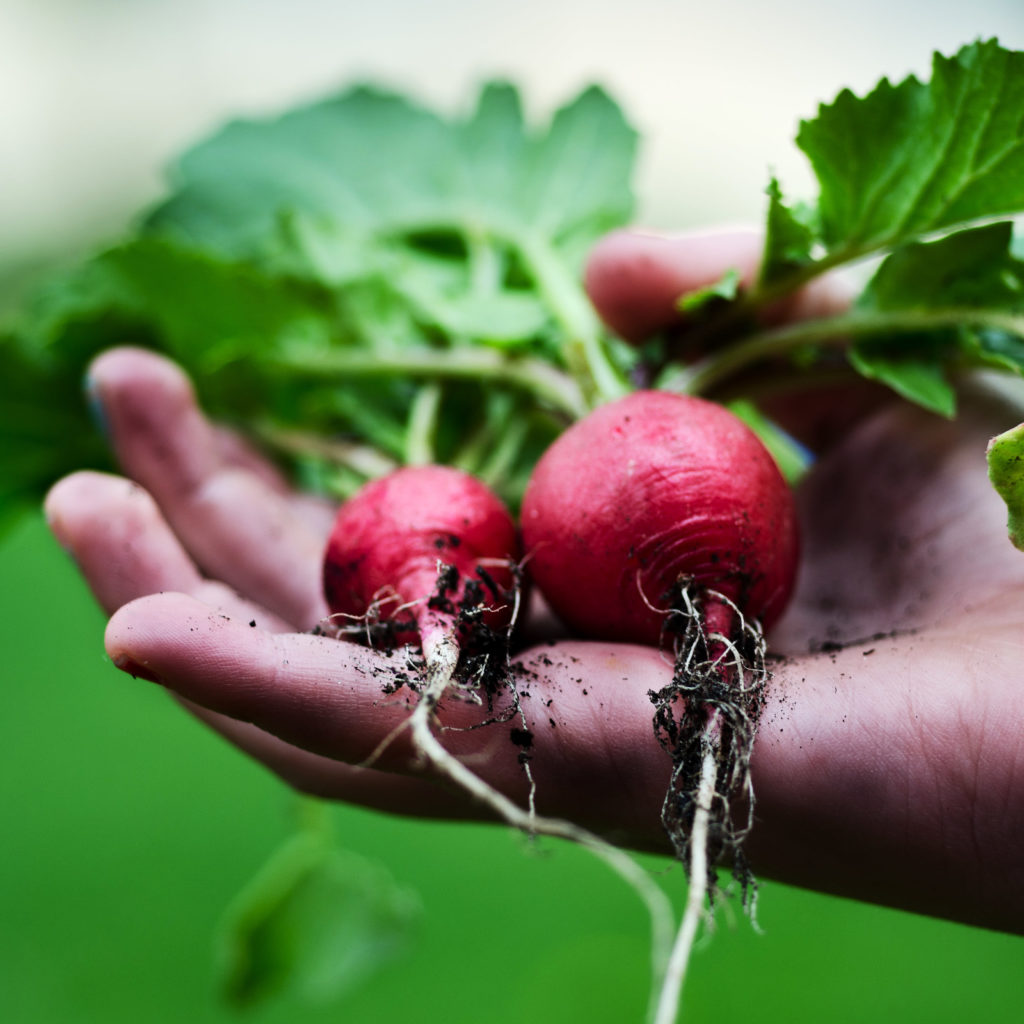
Growing Radishes
-There are many colors, shapes and sizes of radishes. The little red cuties are the most well-known.
If you grown larger varieties, space the seeds further apart when you are planting.
-You can begin direct seeding radishes from early-March.
-Plant at the rate of 20 to 30 seeds per foot.
-Thin and eat the small ones as they grow, until they are 1 to 2 inches apart.
-Unless you really love radishes, don’t plant too many at once.
-You can’t pick radishes too early, but you can pick them too late!
-Hot weather and drying out can cause radishes to become quite spicy.
-They can also get too big and become woody. Once they bolt, they’re not much fun.
-They are perfect to plant in small rows where there are open space between other veggies.
-Radishes are good additions to lacto-fermented recipes, even the tops.
-Tip: Leave a bit of the top of the radish on when you cut the greens off and they will be easier to handle when making fermented goods!
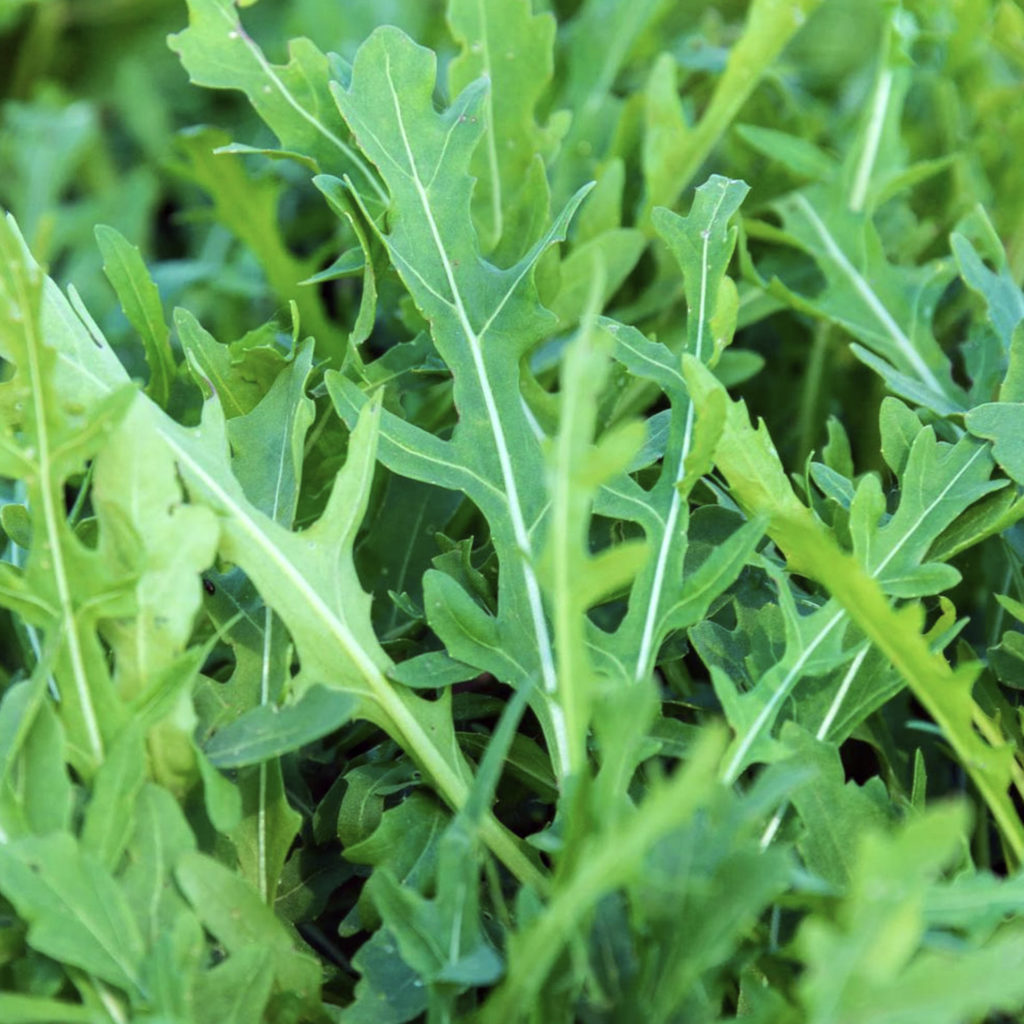
Arugula (30 days) Eruca vesicaria
It has a mild flavor when grown in cool weather. It can become quite spicy in warmer weather. Plant seeds 1 inch apart, then thin to 6 inches apart.
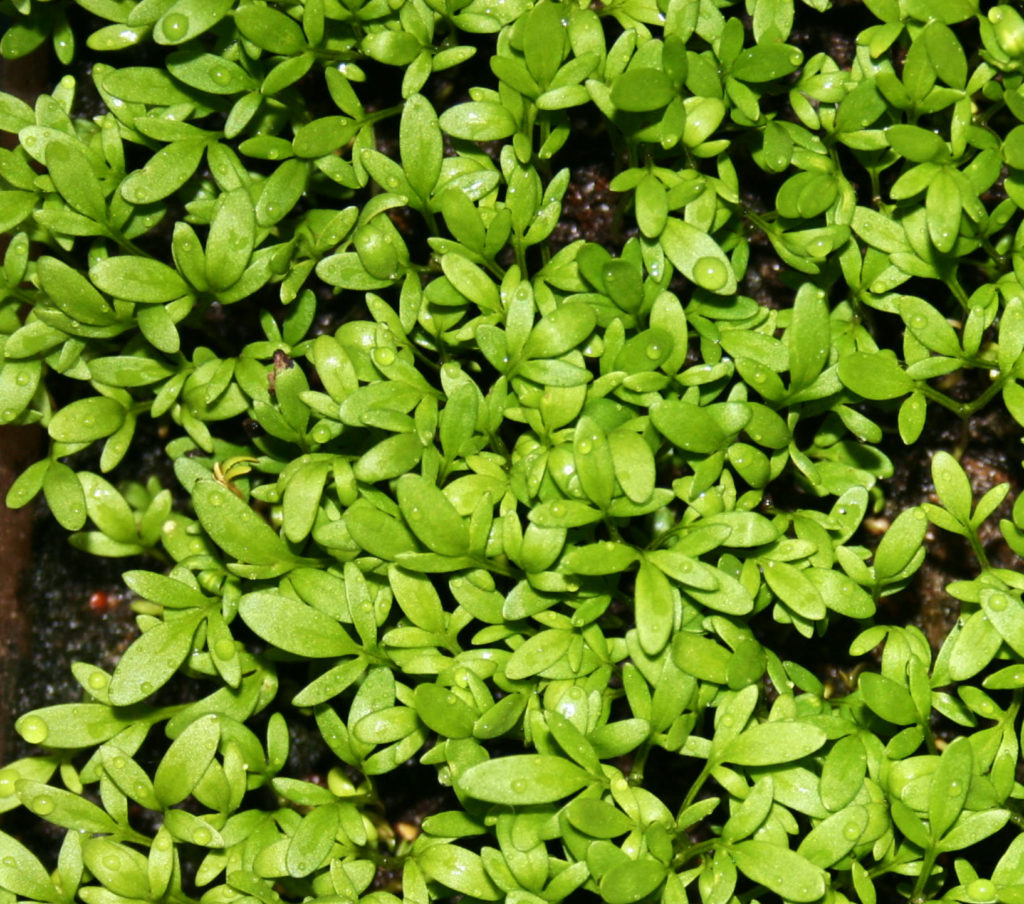
Cress (35 days) Lepidium sativum
Plant cress beginning mid-March. It enjoys cool weather.
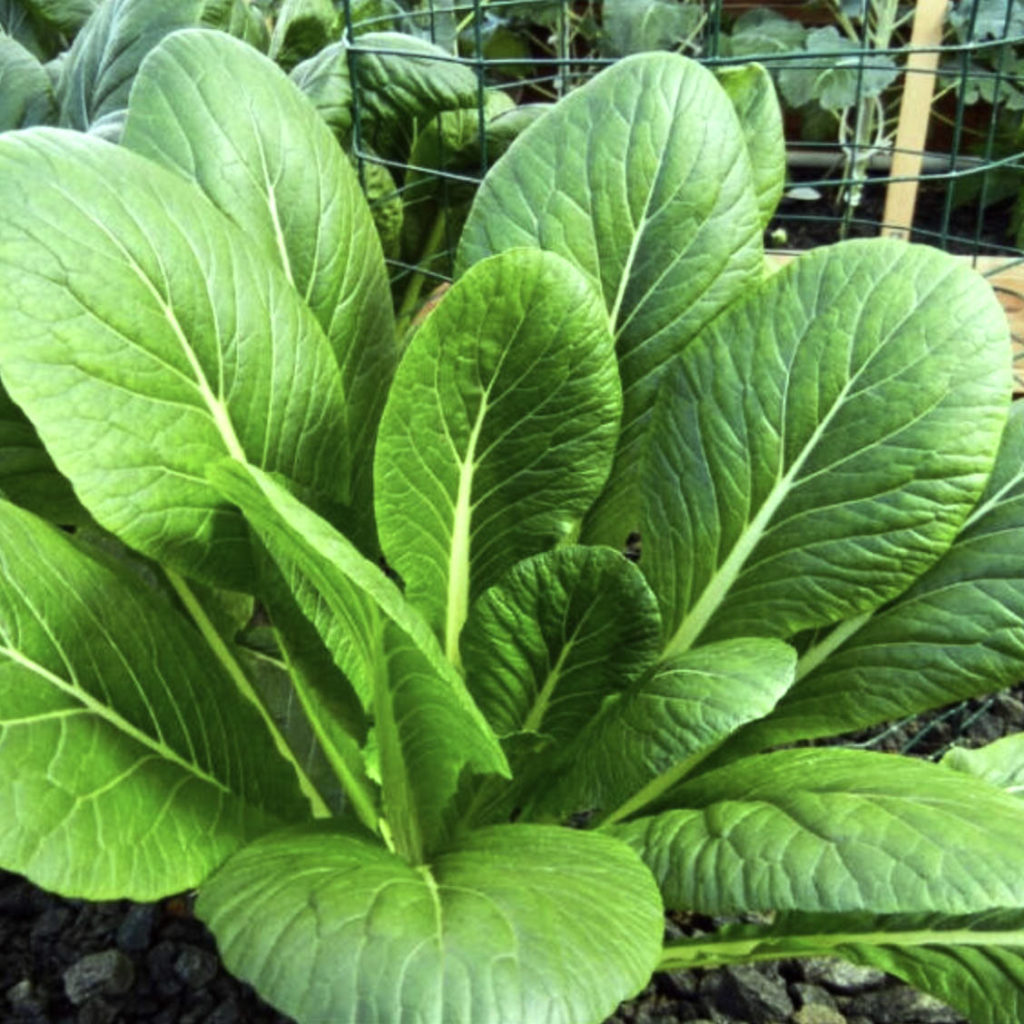
Komatsuna (35-55 days) Brassica rapa
A variety of mustard, plant beginning in mid-March.
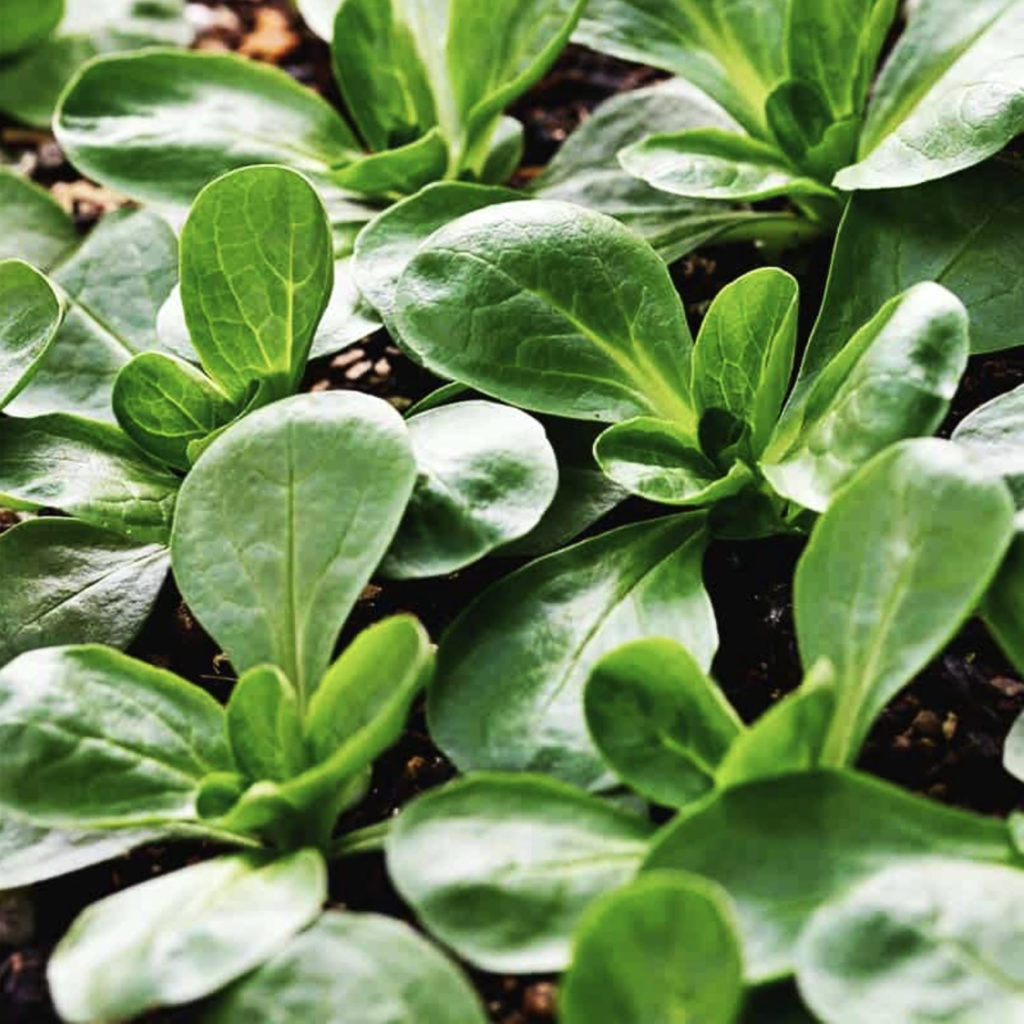
Mache, or corn salad (30-50 days) Valerianella locusta
Very cold resistant
It is nothing like corn, but rather a small, rosette shaped plant with tasty leaves
It prefers cool weather to germinate, can be grown year round, but is best in spring and early summer, then again in the fall and winter.
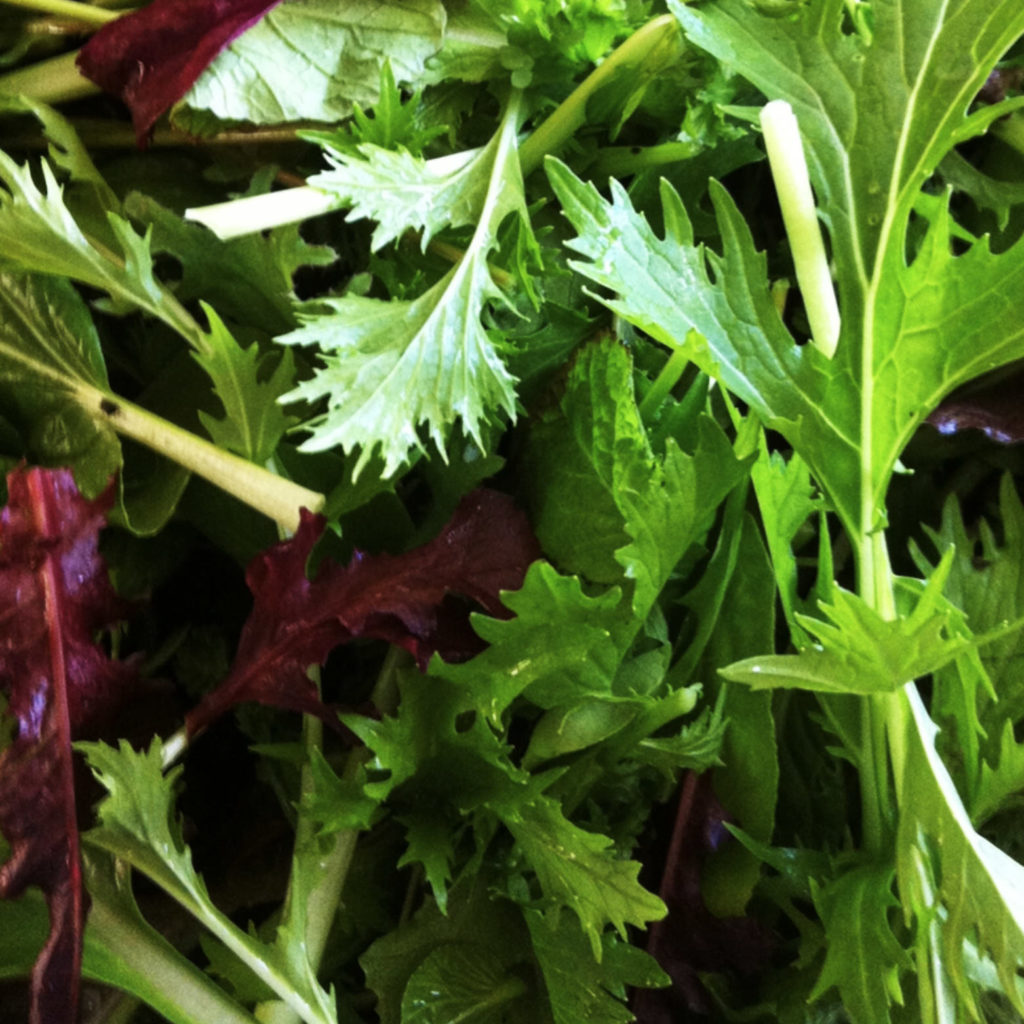
Mesclun (Mix 30-50 days) A blend of Persian cress, green wave & Osaka mustard, komatsuna, mitzuna, purple orach, purple tatsoi, red kale, arugula
Each of these varieties produce tasty little greens when grown in a cut and come again style.

Mustard (30-50 days) Brassica spp.
Mustard varieties vary in their spiciness, but when grown in cooler weather, they tend to be more mild.

Radish (30 days) Raphanus sativus
Plant small quantities, two weeks apart, until they begin to bolt in warm weather.
If you have received this bulletin but don’t have our Start Your Own Organic Garden growing guide, you can sign up here to download the guide and get on the mailing list for more growing tips like these.
If you have received this bulletin from someone but don’t have the Start Your Own Organic Garden growing guide, you can get the it and sign up for the gardening bulletins:
Scott Wilson’s (aka Scotty Bones) Organic Garden growing guide is also available at SiskiyouSeeds.com.
This information has been gathered and edited from the following:
Siskiyou Seeds 2020 Catalog-
Rodale’s All-New Encyclopedia of Organic Gardening, Rodale Press, 1992
The New Seed-Starters Handbook, Bubel, Nancy, Rodale Press, 1988
The New Organic Grower’s Four-Season Harvest, Coleman, Elliot, Chelsea Green Publishing Company, 1992
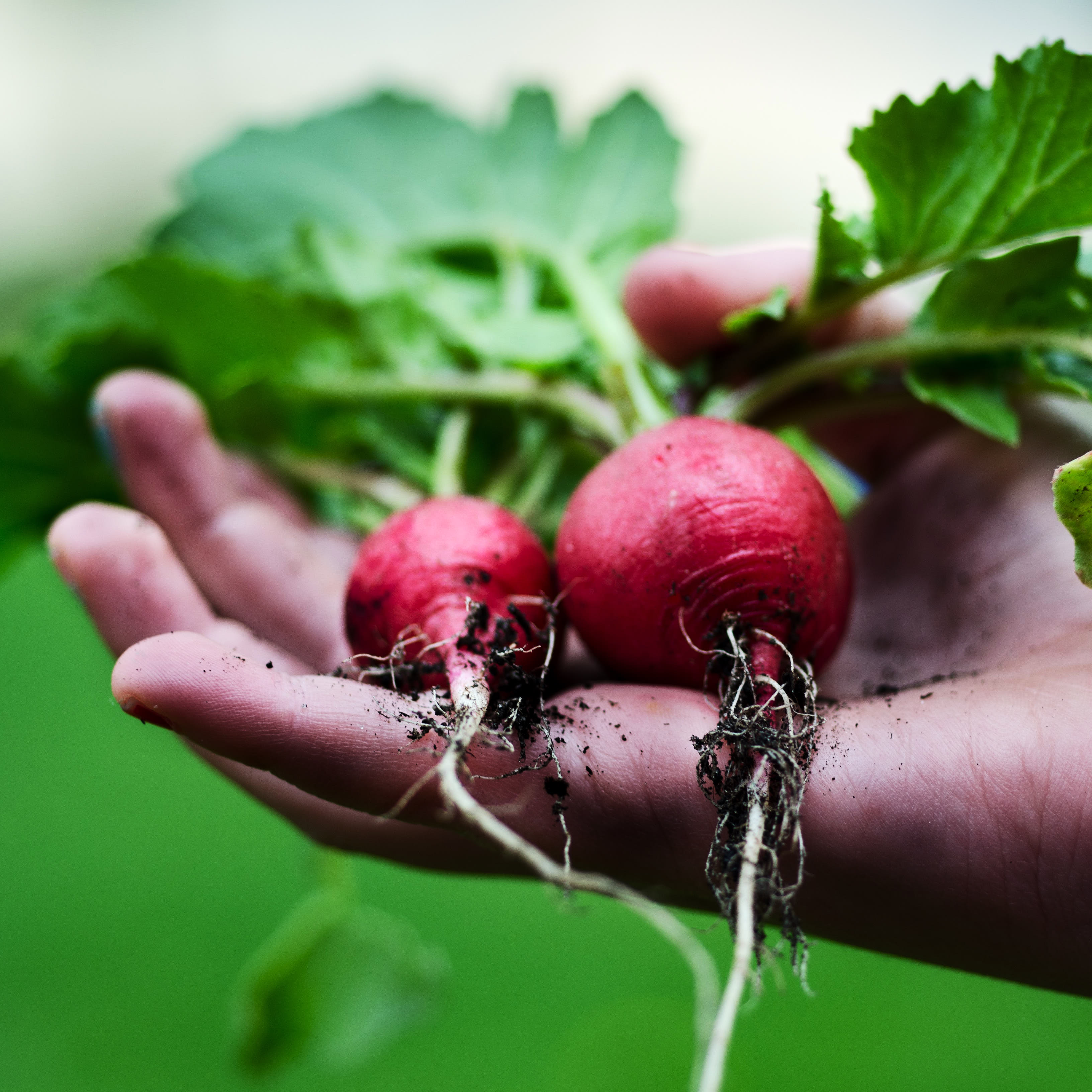
you said: